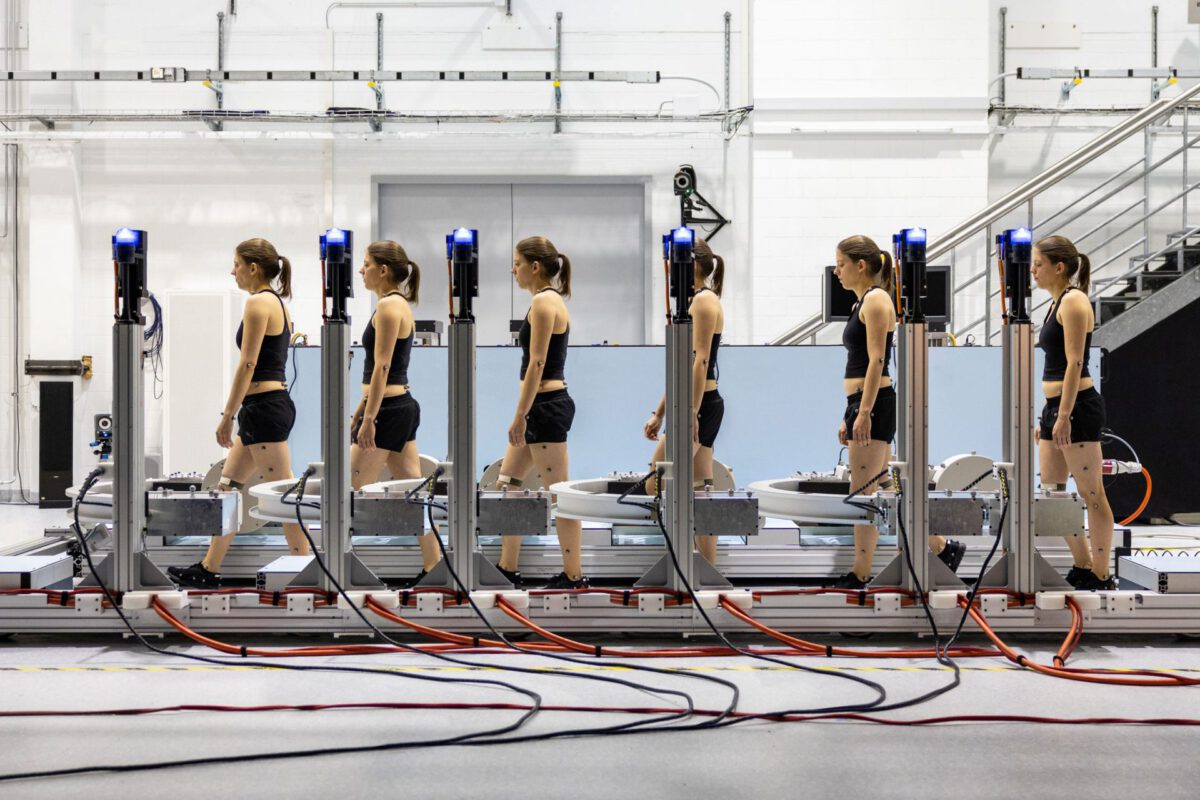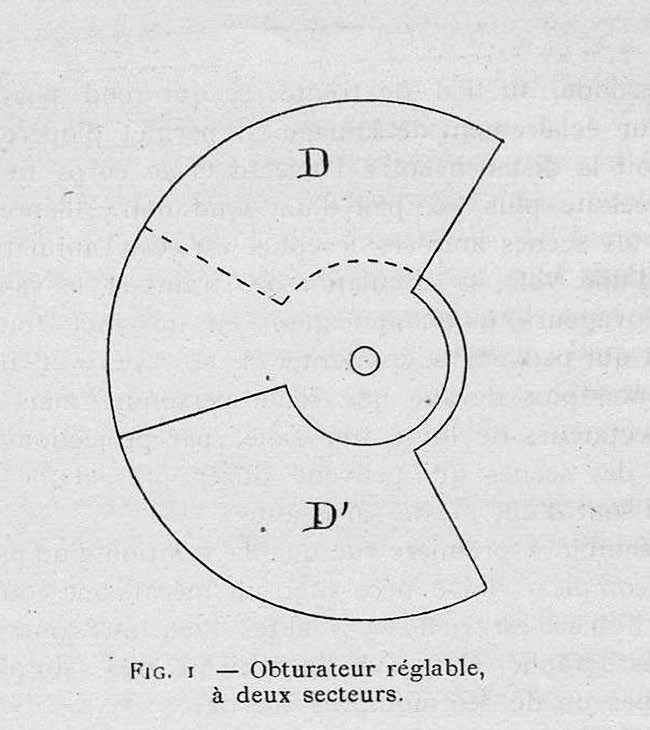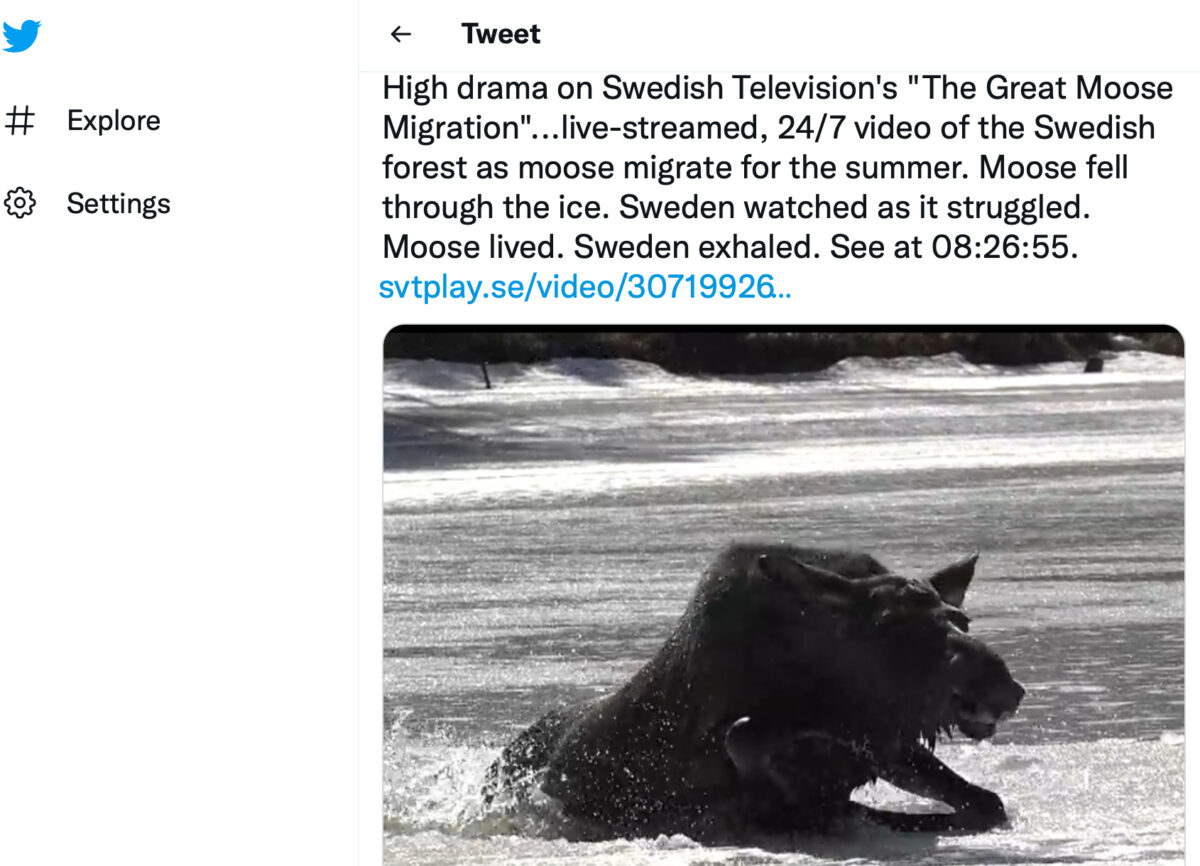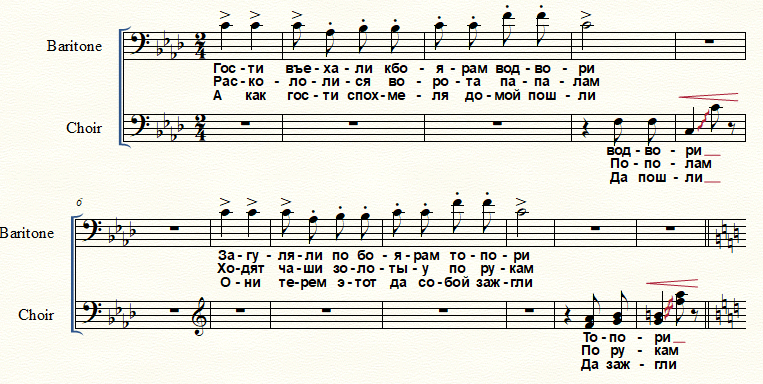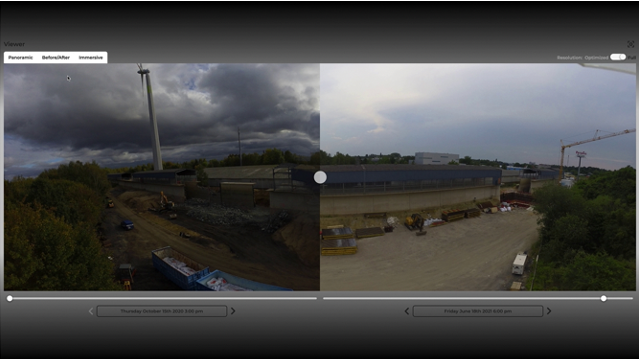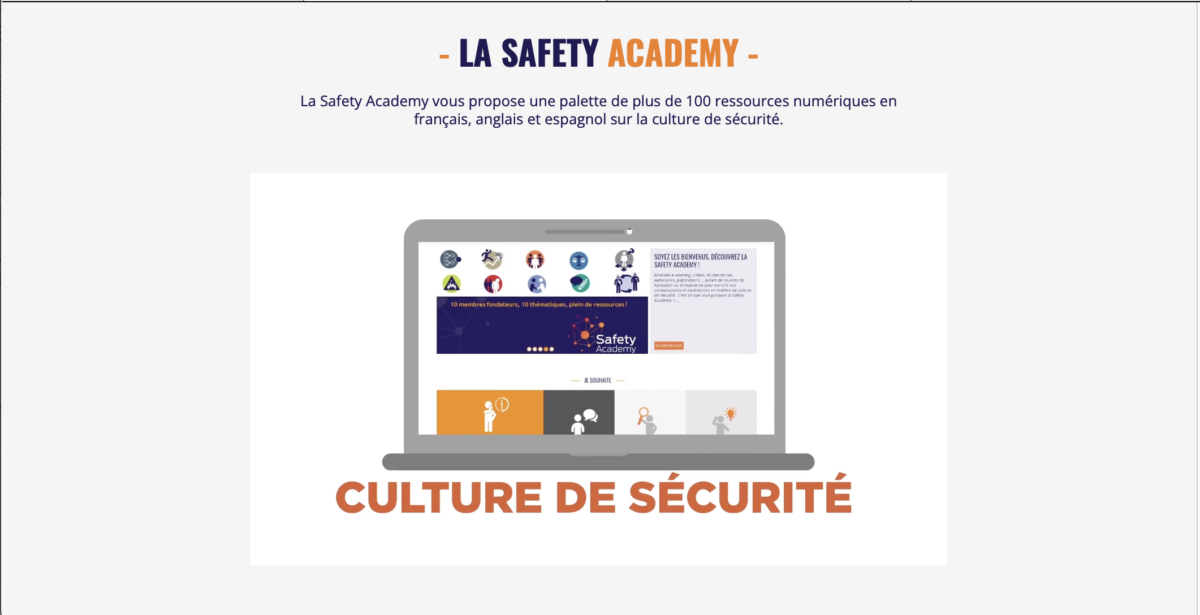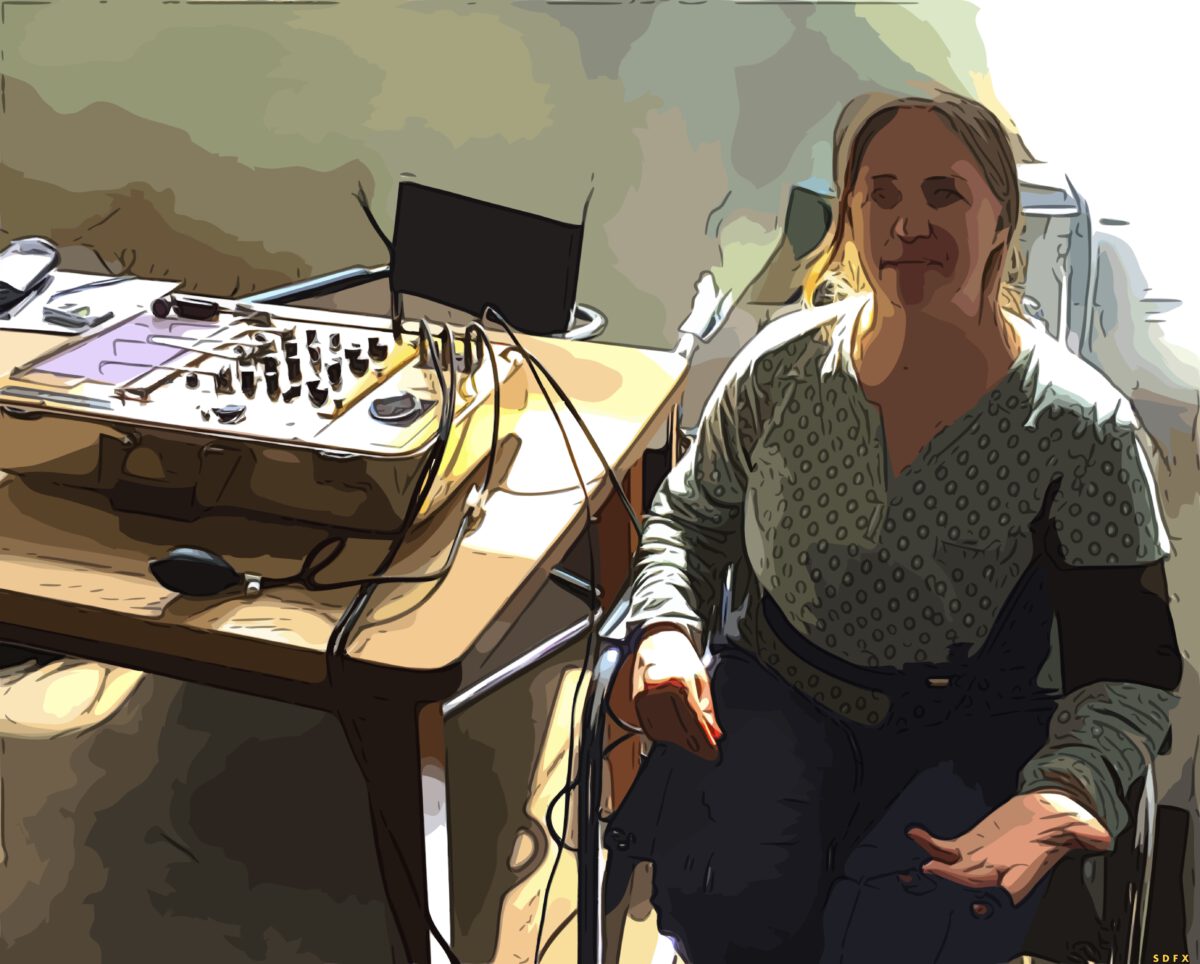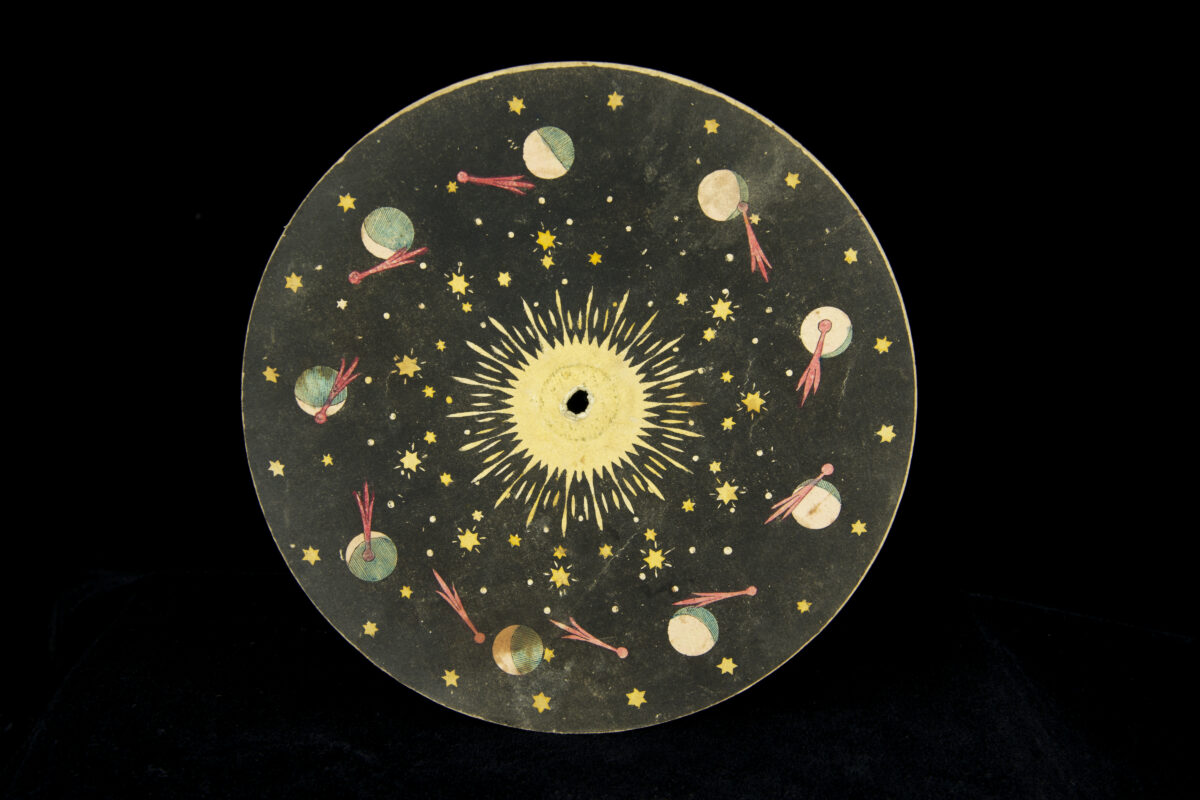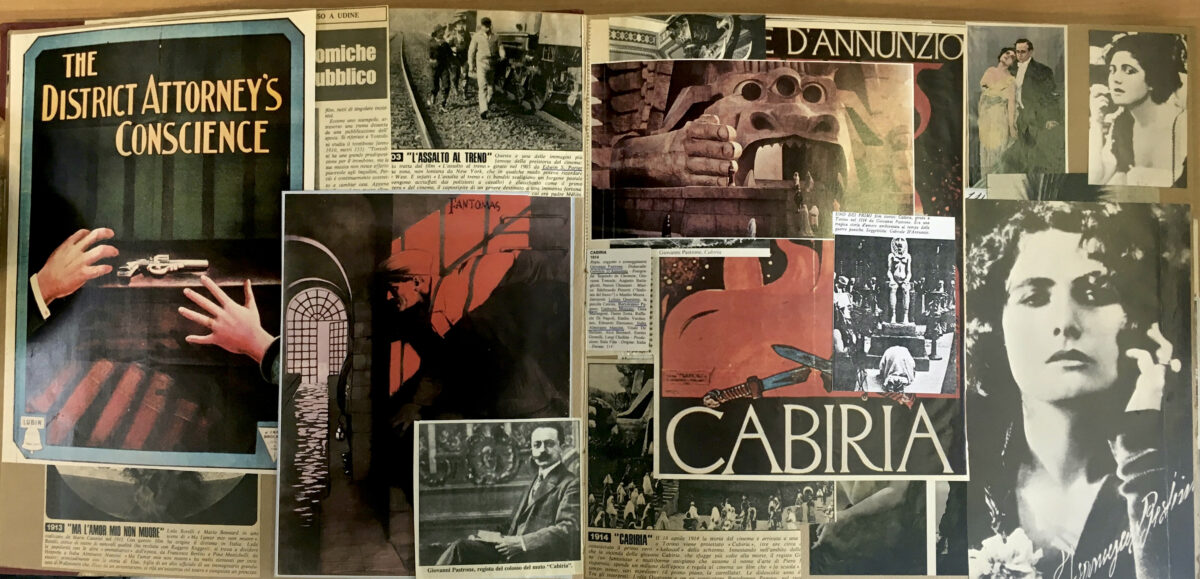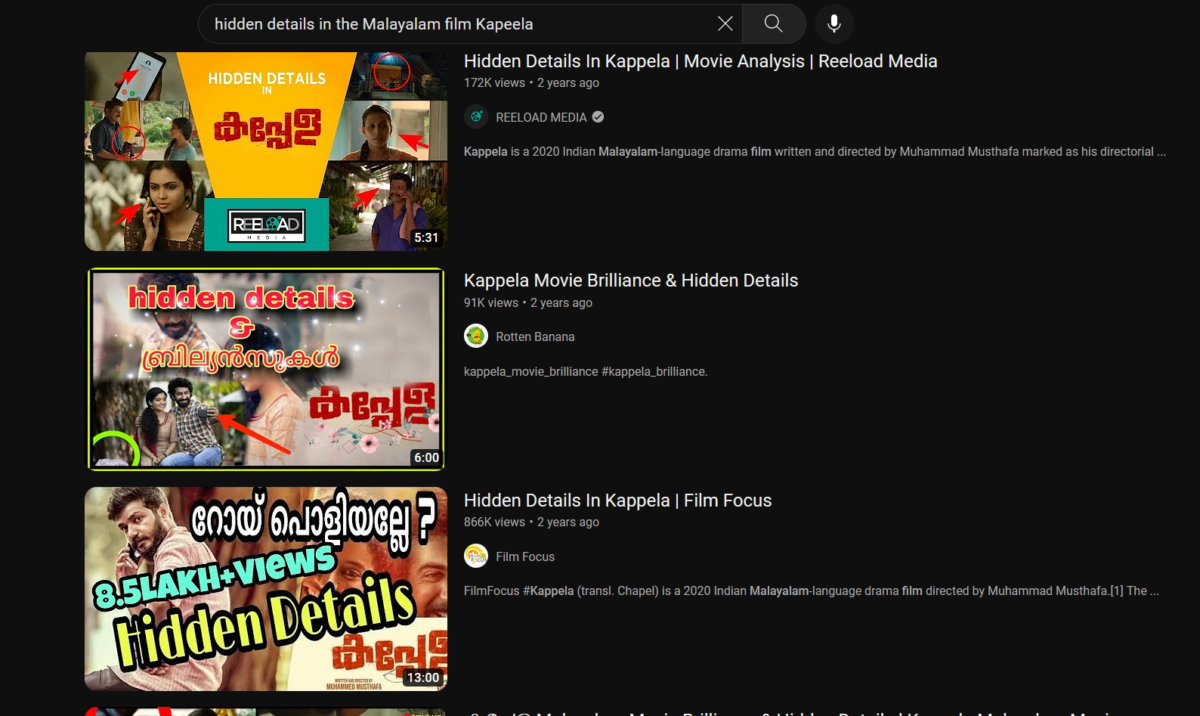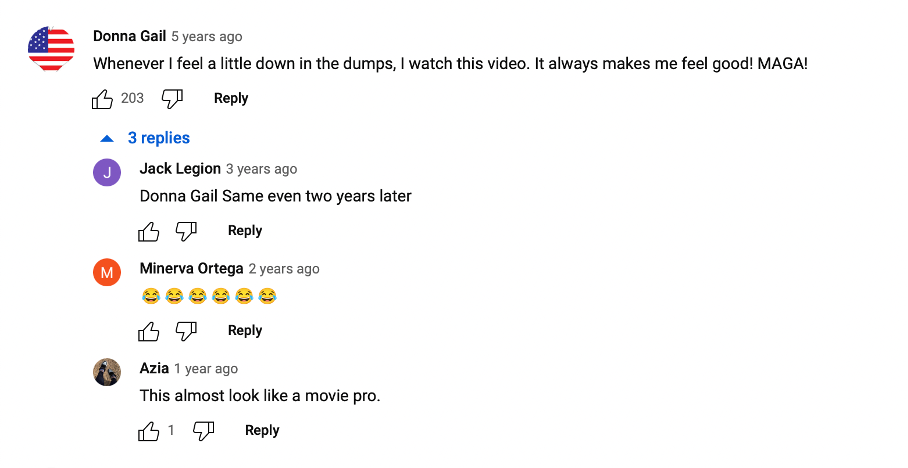Editors
Rebecca Boguska is a Film and Media Studies scholar. She is a recipient of the Postdoc.Mobility fellowship from the Swiss National Science Foundation. Her postdoctoral research project, “Watery Assemblages,” focuses on contemporary coastal research centers and research practices related to the scientific investigation of water movements.
Guilherme Machado holds a doctorate in Film and Media Studies. He is a former member of the Graduate Research Training Program “Configurations of Film” at Goethe University Frankfurt (2019–21). His research deals with the visual culture of labor and the epistemological implications of visual techniques and technologies used to control the production and circulation of labor-related knowledge.
Rebecca Puchta is a PhD candidate in Film and Media Studies and a former member of the Graduate Research Training Program “Configurations of Film” at Goethe University Frankfurt (2017–20). Situated at the intersection of film and cultural studies, her doctoral research project investigates representations of big data and surveillance in documentary filmmaking in the post-Snowden era.
Marin Reljić holds a doctorate in Musicology and Film Studies and is a former member of the Graduate Research Training Program “Configurations of Film” at Goethe University Frankfurt (2017–20). He was the first recipient of the Gisela and Peter W. Schatt Foundation’s scholarship. His postdoctoral project focuses on the interface between music/musicology and ecology.
“Implicit Conceptual Structures”: The Nonhuman Dimension
In a foundational text, Jacques Guillerme and Jan Sebestik described technical operations
as being ruled by what they called an “implicit conceptual structure” (1968): they only work when done in a certain way. “Implicit” strikingly echoes Michael Polanyi’s “tacit” dimension of knowledge, but there is a difference: the “conceptual structure” lies in the operations, not in the subject. It is not a personal knowledge. These “implicit conceptual structures” describe precisely the kind of knowledge that, according to Gilbert Simondon, is archived in technical objects through a process he calls “concretization.” This process implies a continuous exchange of knowledge between humans and machines. The study of machines shows how cinematic technical objects and gestures systematically involve a nonhuman dimension in the circulation of knowledge.
Benoît Turquety is professor in Film Studies at the University Paris 8. He is working on the history and geography of media technology, from a perspective informed by Gilbert Simondon and historical epistemology.
Minoring Machines: René Laloux, Félix Guattari, and the Cinema of Animation
Following Gilles Deleuze, the concept of minor cinema is often discussed with respect to questions of authorship, nationality, and fabulation. This essay highlights the specificity of Félix Guattari’s contributions to defining minor cinema, emphasizing the transversal connections between machine, body, and subjectivity. The essay focuses on animations that the French graphic artist, puppeteer, and filmmaker René Laloux (1929–2004) made at the psychiatric clinic of La Borde in the mid- to late 1950s with the active participation of Guattari and the clinic’s patients. Drawing on Laloux’s Tic tac (1957) and Les dents du singe (eng. The Teeth of the Monkey, 1960), it argues that the technique and aesthetic of his animations confront us with cinematography in its minor state in the sense of Guattari, i.e. before becoming overloaded with faces, texts, and meanings.
Henning Schmidgen is professor of Media Theory and History of Science at Bauhaus University Weimar. He has worked extensively on the machines of Félix Guattari, the concepts of Georges Canguilhem, and the problem of time in laboratory psychology.
Bio-Logs and Non-Humans
In this article, I discuss the Slow TV show The Great Elk Trek (Erhag and Edlund 2019–23), an eclectic combination of popular nature cams and bio-logs. The show offers the pleasures of knowing and experiencing wild nature even as it allows us to reflect on human endeavors via the cinematic—to make explicit, in this case, the tacit animal knowledge embodied in the migratory movements of the Swedish moose. The affordances of Slow TV, its felicity to draw the viewer into its enchanted circle that leads them from pleasure to contemplation, challenges the ways our knowledge of non-human worlds is conditioned by years of cinematic representation and nature programming.
Veena Hariharan is associate professor of Cinema Studies at the School of Arts and Aesthetics, Jawaharlal Nehru University. She is currently Alexander von Humboldt Fellow at Goethe University Frankfurt, where she is working on her project on non-human-human entanglements in cinema and new media. Her research focuses on documentary, non-fiction cinema, and the environment.
Old Modes, New Moods, or How Soundtracks Can Experiment
When dealing with musical modes, instead of exploring a fascinating, millenary history, with millions of possibilities for experimentation, some soundtrack composers and teachers prefer to obey a sort of utilitarian normativity stemming from the industrial logic of film production. Ancient mode-mood associations tend to become norms, and this ends up inhibiting new ones from developing. Here, I put forward Sergei Prokofiev as a privileged example of the opposite trend: working with old modes, particularly on the music for Sergei Eisenstein’s Ivan the Terrible (1944), Prokofiev demonstrates that soundtrack scoring is a field of experimentation par excellence.
(Luiz) Felipe Soares is professor of Cinema Studies at the Federal University of Santa Catarina. His research deals with film music, literary theory, and image theory. After a sabbatical researching Sergei Eisenstein at King’s College London (2015), he is now conducting his second doctoral research project in Music at Santa Catarina State University, dealing with Sergei Prokofiev’s music for Sergei Eisenstein’s Ivan the Terrible.
From the Construction Site via the Highway to the Guided Tour
This is a report of my research trip to the Large Wave Flume in Hanover, an indoor water channel used by coastal researchers and engineers to explore the effects of water movements on coastal areas. In three “stations,” from the construction site, via the highway, to the guided tour, this essay offers a film studies perspective on the infrastructural assemblages of coastal research. Guided through these stations by the notion of montage—understood as a filmic technique, a filmic principle of perception, and a film studies method—I show how difficult it can be to tell where cinematic perception begins and where it ends.
Rebecca Boguska is a Film and Media Studies scholar. She is a recipient of the Postdoc.Mobility fellowship from the Swiss National Science Foundation. Her postdoctoral research project, “Watery Assemblages,” focuses on contemporary coastal research centers and research practices related to the scientific investigation of water movements.
Scripting Organisations: How Labour Is Becoming Cinematic
As cinematic techniques become common mediators of labour-related knowledge in contemporary corporations, scripting practices assume a prominent role in the development of social, material, and cognitive interactions at work. This article addresses the epistemological implications of current organisational uses of cinematic techniques, particularly in professional training. After a brief overview of existing organisational cinematic practices in France, it provides examples of how cinematic-epistemic templates are produced to regulate the self-realisation of efficient performance in the era of post-industrial labour.
Guilherme Machado holds a doctorate in Film and Media Studies. He is a former member of the Graduate Research Training Program “Configurations of Film” at Goethe University Frankfurt (2019–21). His research deals with the visual culture of labor and the epistemological implications of visual techniques and technologies used to control the production and circulation of labor-related knowledge.
Iconic Materiality, or the Ambivalent Fascination of Cinematic Lie Detection Depictions (in Germany)
Popular ideas about lie detectors are dominated by the image of the polygraph machine. The iconic old suitcase polygraph is a vital part of North American film history and it still has not lost any of its visual power today. The imagined function of the polygraph as a lie detector is not just part of a vivid visual narrative, but has also influenced actual fields of research and practice, even in Germany. Here, tacit knowledge (Collins 2001) about the supposed, or even imagined, abilities of the polygraph works in reciprocal ways, even though its depiction stands in contrast to the actual knowledge in the field. We argue that the cinematic images of the polygraph test and their implied fictional knowledge support the credibility of both scientific and applied lie detection by grounding them in an analog materiality.
Bettina Paul is a senior researcher and lecturer in Criminology at the Department of Social Science at Hamburg University. Her current research is inspired by the intersection of science and technology and cultural animal studies. It centres around interspecies awareness, multispecies knowledge production, sociotechnical imaginations, and the polychronicity of technologies as in the case of truth technologies.
Larissa Fischer is a PhD candidate and research fellow at the Institute of Sociology at the RWTH Aachen University. She currently works on the project “Sociotechnical Systems of Anticipatory Truth Verification in the Field of Airport Security,” funded by the German Research Foundation. Her research interests include cultural sociology, qualitative methods, science and technology studies, visual culture, and science fiction.
“When Pregnancy Becomes a Moving Picture”: Negotiating Tacit Cinematic Knowledge in Fetal Ultrasonography
Pro-life activists publicly use moving images of fetal ultrasounds to equate fetuses with life, targeting pregnant persons’ rights such as the right to abortion, surrogate pregnancy, and adoption at birth. Feminist scholars have highlighted how anti-abortionists capture the cinematic features of moving images of fetal ultrasounds. In this essay, I deepen their insights by arguing that giving meaning to fetal moving images requires cinematic knowledge. But, when facing the “blobs” (Haraway 1997, 26–27) in these images, tacit cinematic knowledge also requires mediation by a trained echographer. Drawing on ethnographic studies, I show the coexistence of multiple and conflicting interpretations of moving images of fetal ultrasounds and analyze the ways in which this tacit cinematic knowledge is being negotiated.
Claire Salles holds a doctorate in Film and Media Studies (Sorbonne Nouvelle University). She works on feminist ecocriticism of moving images. Her research focuses on the imaginaries of telecommunication and pregnancy. She is part of the feminist research collective Les Jaseuses, where she explores alternative entanglements.
Phantasms of the Sun and Venus: Tacit Cinematic Knowledge in Astronomy
This article examines aesthetics as a form of cinematic episteme in moving images produced from contemporary astronomical observations. This analysis is followed by a closer examination of significant historical image dispositifs, such as drawing, photography, and film in respect to how they create visual renditions of time-based astronomical phenomena. Consequently, the article draws connections between media ontologies and aesthetics in an interdisciplinary context, from cinema to contemporary astrophysics. This examination demonstrates the role of aestheticizing principles in natural sciences by focusing on the techniques of timelapse, editing, and superimposition. Mesmerizing Color Spheres: Solar Images from the US National Aeronautics and Space Administration (NASA).
Jelena Rakin is a senior researcher and lecturer in Cinema Studies at the University of Zurich. She is currently working on her second book on the aesthetics of images of the cosmos, examining the convergence of scientific and magical visual repertoires in these images. Her research and artistic practices deal with imaging techniques and visual epistemologies. She is a member of the University of Zurich Space Hub.
Crafty Cinephilia: The Scrapbook and Film History as Media Anamorphosis
This essay focuses on a collection of scrapbooks of a cinemagoer from Udine, Italy, who recorded and collected visual materials about every screening he attended from 1926 to 1999, day by day. I will discuss the scrapbook as a place where the materiality of film is reconfigured in a complex way, arguing that the scrapbook is not just a mere “archive” but a potentially “active” cultural object where non-explicit cinematic knowledge is passed on through interactions with and among the layers of material accumulated on each page. On the one hand, I will excavate the scrapbook not just as a product of social and cultural practice but also as an object that informs and shapes a particular cinematic knowledge (of film). On the other hand, I want to question how the gestures of the scrapbook maker incorporate a peculiar form of cinematic technicity.
Andrea Mariani is assistant professor in Film Studies at the University of Udine. He is a member of the Material Archival Studies Network and of the SSHRC project “International Amateur Cinema Between the Wars (1919–39).” His research and teaching focus on media theory, film philology, Italian amateur and experimental cinema, and media archaeology.
New Media(tions): Audience’s Engagement in Contemporary Malayalam Cinema
In this essay, I look at some emerging patterns in the audience’s engagement with Malayalam cinema—cinema produced in the south Indian state of Kerala—corresponding to the dissemination of digital technology and the popularity of new media. Correlating the new modes of film reception with the expansion of culture industries in the digital age, I read contemporary audience’s engagements with cinema as a “collective cultural labor” (Terranova 2000), contributing to an ever-expanding repertoire of knowledge on Malayalam cinema on the internet.
R. Haritha is a PhD candidate at the Centre for Comparative Literature at the University of Hyderabad. She is currently working on a research project tentatively entitled Digital Turn in Cinema: Reconfigurations in Cinemas of Kerala Post-2000. Her research focuses on digital cinephilia, minor cinema, and intermediality.
Unauthorized Fictions: Political Conflict as Spectacle and the Question of Trust in the Age of Trump
Why do supporters of former US president Donald Trump make short tribute videos which resemble mainstream action film trailers with their idol as the protagonist? And why does the Trump campaign use a similar trailer template for video of rallies and campaign spots? This contribution traces the increasing use of cinematic storytelling templates in the digital media environment, particularly for Trump’s right-wing politics. We focus on tribute and campaign videos which appeal to the viewer’s tacit knowledge of the trailer format to make political conflicts legible as dramatic confrontations. We argue that their stylization of political conflict as spectacle should be understood as an example of “ocular democracy” (Green 2011), in which the gaze, rather than the voice, is the source of popular empowerment. To the extent that these films signal a threat to liberal democracy, it lies not in the narrativization of conflict in cinematic terms, but in the propagation of generalized distrust in combination with particularized trust in the figure of the demagogue.
Vinzenz Hediger is professor of Cinema Studies at Goethe University Frankfurt where he directs the Graduate Research Training Program “Configurations of Film.” He is a principal investigator at the Forschungszentrum Normative Orders and co-director of the research project “ConTrust – Conflict and Trust in Political Life.” His research interests include marginal film forms, utility films, and the film trailer format.
Felix M. Simon is a communication researcher and doctoral student at the Oxford Internet Institute (OII), Knight Fellow at Columbia University’s Tow Center for Digital Journalism, and an affiliate at the Center for Information, Technology, and Public Life (CITAP) at the University of North Carolina at Chapel Hill. He also works as a research assistant at the Reuters Institute for the Study of Journalism (RISJ) and regularly writes and comments on technology, media, and politics for various international outlets.
